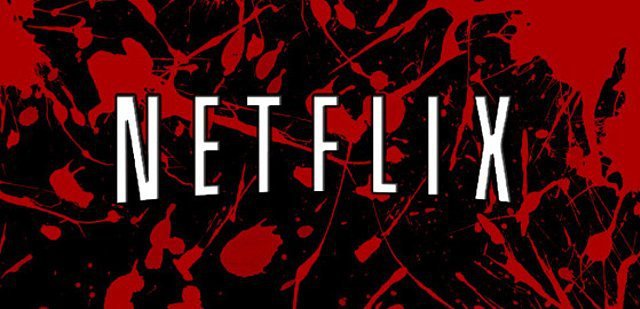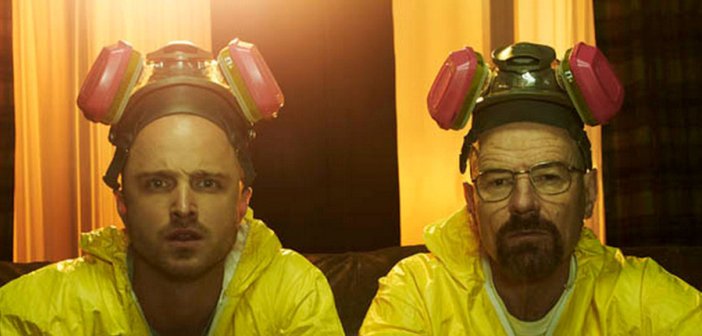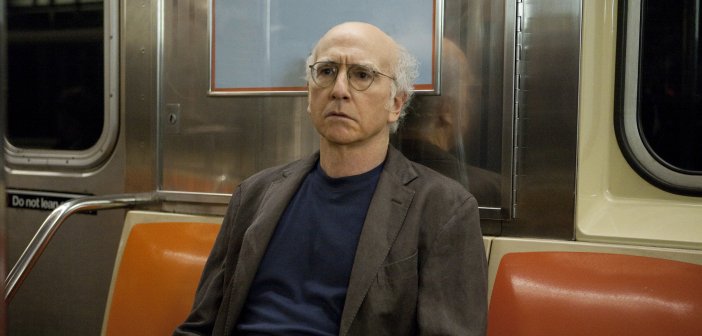The Golden Age of Television | Part 3 | Why We Binge Watch
In Part 1 of this series I mentioned that my first experience of the golden age of TV was binge-watching 8 hours of The Sopranos two days prior to the beginning of season 2 in early 2000. Part of the joy of that immersion seems antiquated now; the ability to watch multiple episodes consecutively. Fast forward to 2015 and I decide to play an episode of Californication while on my way to meet my cousin for a 5-a-side kick-about. Watching TV in transit is nothing exceptional nowadays and wouldn’t have raised so much as a cousinly eyebrow when we met except for the fact that I was driving, and my phone was carefully balanced on the dashboard. My name is Dave and I’m a television addict. If you’re reading this, you probably are too.
In part 3 of this series we’re going to explore our changing relationship with television, including the fact that we watch less and less TV on, well, television sets. TVs golden age hasn’t just brought us the best television ever made, its also brought its own set of anxieties: the just-finished-a-series anxiety, the fear-of-missing-out (FOMO), the will-I-be-able-to-get-up-in-the-morning? anxiety, and the pretending-you-haven’t-seen-this-episode-already-even-though-you’re-three-episodes-ahead anxiety. We’ll look at the amount of TV we’re watching and explore the phenomenon of binge-watching. Most of us are aware that we watch a lot of television and some of us (myself included) are proud of the fact, but the next time you settle down for an episode-fest remember Hedviga Golik who in 1966 made a cup of tea, sat down in front of the telly, and died, remaining undiscovered for 42 years!

Even in the internet age, television is still the king of media but exactly how much TV are we watching? Video on demand (VOD) services like Amazon Prime, Netflix, and iTunes have made it difficult to accurately measure the amount of television we’re watching but we Irish average 3.5 hours of TV a day, a half hour less than the UK at 4 hours. On average, older people watch more TV than younger people, women watch more TV than men and all of us spend more time watching TV than all other activities combined except sleeping.
What isn’t average is the level of fear in TV land about the way those born after 1990 are consuming television. The under 26s are watching less TV live, they’re not watching it within the 7 day period advertisers crave, 70% of the time they’re watching it on laptops and tablets, and they’re watching it while they watch other things, lots of other things. In the UK for example, 16-24 year olds pack 14 hours of media activity into just over 9 hours. Reports that some young people watch TV in a distracted way surprises no-one. What has surprised everyone is a phenomenon that nobody saw coming, our ability to give television our complete and undivided attention for long periods of time. That phenomenon? Binge-watching.
Sandy Howe, vice president of US telecommunication company Arris, said of the changes in the way we watch television:
“Five years ago, if you asked people what ‘watching TV’ looks like, they’d probably describe a family gathered around a TV in the living room at primetime. Today, that paradigm is changing rapidly. Binge-watching gives us a glimpse into a very different future in which ‘primetime’ is whenever consumers want it, for as long as they choose…”

Gone are the days when binge-watching was considered a pejorative term. In December, Netflix’s release of Making A Murderer neatly coincided with many people’s Christmas holidays resulting in unprecedented levels of TV marathons. All 7 episodes of Season 1 of Breaking Bad were watched in one sitting by 75% of Netflix viewers. The bad news is that many psychologists link binge-watching with loneliness and depression but before you make an appointment with a your GP remember that in general we only binge-watch the very best shows.
And it’s not just that nobody saw this phenomenon coming. If anything, the projections were that viewers would watch less TV and in more fragmented ways. After all, our lives seem to get busier by the week. Any social scientist will tell you that human behaviour is notoriously unpredictable and it appears that the busyness of our lives was exactly what drove us toward the binge-watching habit. In other words, for many of us marathon TV sessions are the antidote to the manic pace of much of modern life. Cultural anthropologist Grant McCracken says that great TV has become the calm in the eye of a media storm:
“I was illuminated to hear people say, ‘Look, it’s precisely because there’s so much distraction that this is a special pleasure,’”
This shift in the way we use TV isn’t just evidence of our seeking a comfortable escape from our stressful lives, there are other factors at work.
One of these factors is the quality of the television sets themselves. TV’s are bigger and better than they used to be and the advent of HD and 4K TV has narrowed the visual gap between the cinema and home viewing experiences. Also, the last 8 years of the golden age have coincided with a worldwide recession. Spending on TV subscriptions didn’t suffer nearly as much as other modern luxuries such as holidays and eating out. It’s cheaper and more convenient to order a curry and film from the comfort of your couch than it is to go to Nandos and your local Odeon. You want the recipe for binge-watching? Take the quality of television sets, add the relative economy of viewing at home, throw in a dash of excellent television, and you have almost the perfect recipe for a generation of binge-watchers. Almost. One crucial element is still missing and it’s central to why we watch episode after episode after episode. *Insert HBO style sting here.* This element is called neurocinematics.

Neurocinematics is a new field of study that explores how our brains respond to television with a focus on which scenes cause our brains to react the most. In 2008, Uri Hassan of Princeton University showed participants clips from 4 shows while monitoring their brain activity using fMR imaging. The clips the participants were shown were taken from Larry David’s Curb Your Enthusiasm, Sergio Leone’s The Good, The Bad, and The Ugly, Alfred Hitchcock’s Bang! You’re Dead and a 10 minute single shot of a concert in Washington Square Park, New York. Hassan was looking for responses in the brains of all viewers in an attempt to understand what stories cause our brains to react.
The results are illuminating when considered alongside our binge-watching behaviour. The concert saw all viewers respond in 5% of the cortex, Curb Your Enthusiasm saw all viewers experience 18% cortex reaction and The Good, The Bad, and The Ugly came in at 45% cortex response. What percentage of the cortex of all viewers did master storyteller Hitchcock manage to illuminate? 65%. Hassan’s finding showed that we, as viewers, enjoy crafted storytelling that controls our reaction by telling us what to pay attention to.
One of the many joys of Breaking Bad was the knowledge that if the camera lingered on a pizza thrown on a garage roof, it did so for a reason. This knowledge rewarded loyal viewers by making them feel intelligent when the meaning was eventually revealed. In the golden age of TV every scene, every glance, every sound is there for a reason. Vince Gilligan is quoted as saying:
“When I started doing TV almost 20 years ago, studies showed that a so-called fan of a TV show probably saw one in four episodes on average.”
Can you imagine only seeing every fourth episode of Breaking Bad? You would be lost. The master storytellers of the golden age are TVs Hitchcocks, controlling us with every pan and sweep, every freeze-frame and cliffhanger, every knowing nod and wink, every story arc and cliffhanger. The beauty of the modern TV cliffhanger is we don’t have to wait until next week – we can just start the next episode.
Check out the previous two parts of The Golden Age of Television:
The Golden Age of Television | Part 1 | Trust No One
The Golden Age of Television | Part 2 | No More Heroes
Featured Image Credit – Netflix.com

